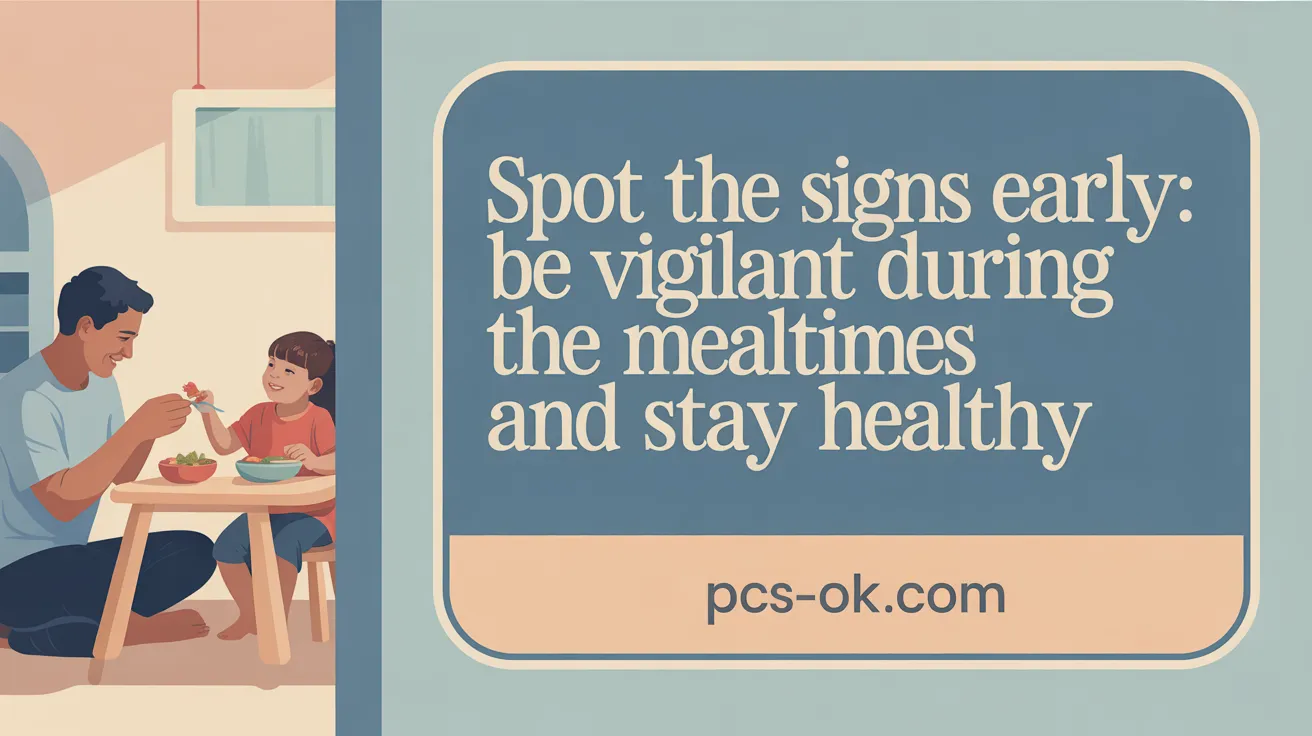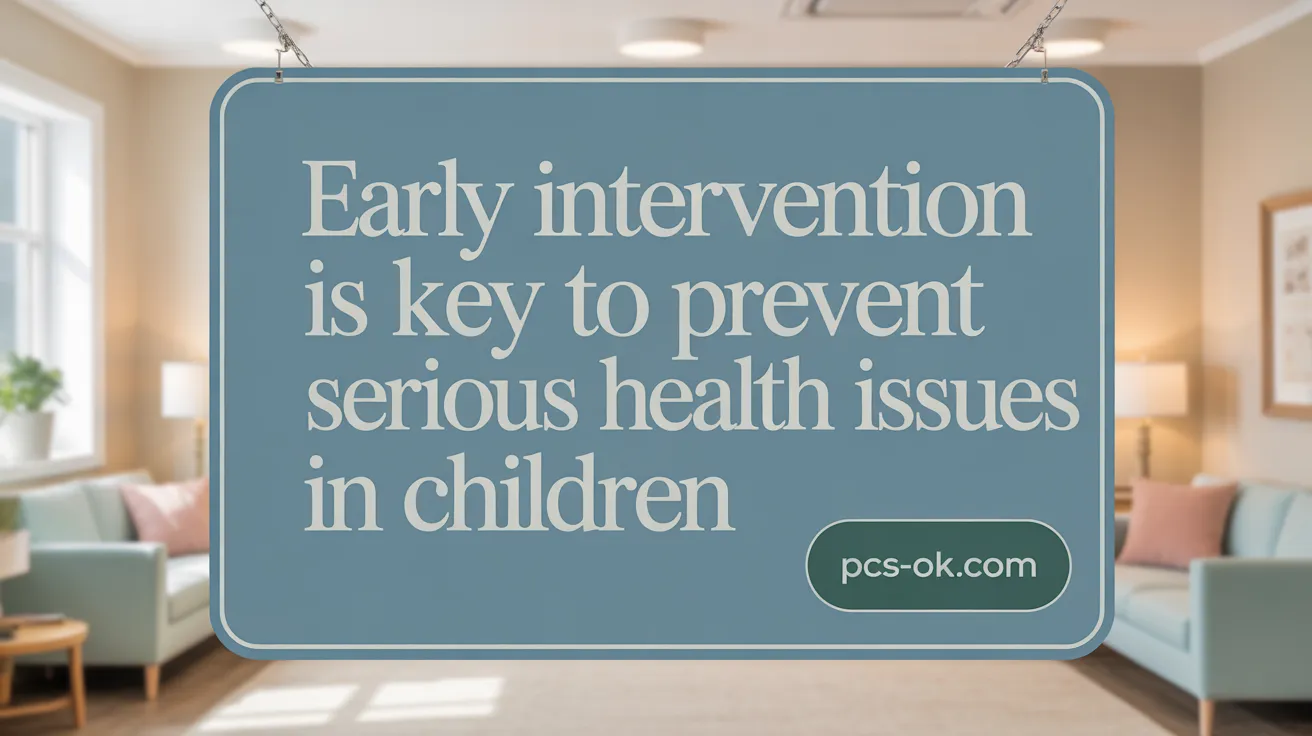The Difference Between Normal Picky Eating and a Feeding Disorder
Distinguishing Normal Developmental Picky Eating from Clinical Feeding Disorders
Many parents encounter phases of picky eating in their children, a common developmental behavior marked by food preferences and temporary refusals. However, differentiating typical picky eating from serious feeding disorders like Avoidant/Restrictive Food Intake Disorder (ARFID) is crucial, as feeding disorders have significant health and developmental implications requiring professional intervention. This article explores the differences, diagnostic criteria, identification methods, treatment options, and importance of early action to ensure children’s well-being.
Key Differences Between Picky Eating and Feeding Disorders
What is the difference between normal picky eating and a feeding disorder like ARFID?
Picky eating is a common behavior among children, especially during early developmental stages. It usually involves children being selective about the types of foods they eat, preferring certain textures or flavors, and sometimes refusing specific foods or food groups. Importantly, children who are picky eaters still generally consume enough food to meet their nutritional needs, are willing to eat at least some variety from different food groups, and tend to outgrow these preferences as they develop.
On the other hand, ARFID (Avoidant/Restrictive Food Intake Disorder) is a more serious and persistent condition. It is characterized by a drastic restriction in food intake, driven by sensory sensitivities, fears of choking or vomiting, or a general lack of interest in eating. Children with ARFID often go days without eating enough despite feeling hungry, which can result in weight loss, nutritional deficiencies, and slowed growth. Unlike typical picky eaters, children with ARFID do not merely avoid certain foods; they often reject most food altogether, leading to health complications that require medical and psychological intervention.
The impact on health between the two behaviors is starkly different. While picky eating is usually harmless and temporary, ARFID can cause long-term health issues such as malnutrition, anemia, and delayed puberty. The underlying causes also differ — picky eating is often developmental and behavioral, whereas ARFID involves complex sensory, emotional, or psychological factors.
In summary, the main difference lies in severity, health consequences, and underlying motivations. Picky eating tends to resolve naturally, while ARFID requires careful treatment involving a multidisciplinary team of healthcare providers. Recognizing these differences early is crucial for ensuring children receive appropriate care to support their growth and development.
Recognizing Symptoms and Signs That Indicate Feeding Disorders

What symptoms and signs help distinguish typical picky eating from feeding disorders?
Differentiating between regular picky eating and more serious feeding disorders like ARFID involves paying close attention to a child’s growth, nutritional health, and behavioral patterns during meals.
Children considered picky eaters usually accept a variety of foods over time and maintain healthy growth. They are willing to try new foods, often after repeated exposure, and tend to be hungry and eager to eat at most mealtimes.
In contrast, children with feeding disorders such as ARFID often display signs such as weight loss, nutritional deficiencies, and delayed growth development. These children may refuse multiple food groups, regardless of hunger cues, and avoid eating due to fear (like choking or vomiting), sensory sensitivities, or extreme aversions.
Physical symptoms like gagging, choking, prolonged mealtimes, or resistance to certain textures and colors differentiate feeding disorders from typical picky eating, which generally involves mild preferences without discomfort.
Behaviorally, children with feeding issues might exhibit significant emotional distress during meals, including tantrums, anxiety, or disruptive behaviors. Such signs are often accompanied by associated conditions like autism spectrum disorder (ASD), obsessive-compulsive disorder (OCD), or sensory processing difficulties.
Monitoring developmental milestones and growth charts is crucial. A failure to gain weight or meet age-appropriate growth parameters, despite adequate caloric intake, signals a possible feeding disorder.
Parents should also observe emotional responses related to eating. Anxiety or fear associated with mealtime, along with physical signs like gagging or refusal of new foods, emphasize the need for professional evaluation.
Ultimately, an early, detailed assessment by healthcare professionals can differentiate normal selective eating from pathologic feeding behaviors, facilitating timely and appropriate intervention.
Diagnostic Criteria and Medical Understanding of Feeding Disorders
What are the diagnostic criteria and medical explanations for feeding disorders like ARFID?
ARFID (Avoidant/Restrictive Food Intake Disorder) is diagnosed mainly through parameters set in the DSM-5, an authoritative manual for mental disorders. The diagnosis hinges on a persistent pattern of limited food intake that results in significant health issues such as weight loss, nutritional deficiencies, or dependence on supplemental feeding methods. Children with ARFID often show a marked avoidance of food due to sensory sensitivities, fear of choking, or aversions to certain textures or colors.
This disorder is distinct because it does not involve concerns about body weight or shape, which are common in other eating disorders. To be diagnosed with ARFID, children must exhibit behaviors that interfere with normal growth and development, such as refusing to eat enough to meet caloric needs.
Medical and psychological factors often underpin ARFID. Sensory processing challenges can make certain textures or smells intolerable. Anxiety related to choking or vomiting frequently contributes to food avoidance. Gastrointestinal problems, traumatic experiences with food, or neurological and developmental conditions may also play a role.
It is crucial for healthcare providers to rule out other causes such as food scarcity, medical illnesses, or mental health conditions like anorexia or bulimia, which have different diagnostic criteria and treatment plans.
Treatment focuses on behavioral therapies designed to reduce fears, enhance sensory acceptance, and gradually expand dietary variety. Multidisciplinary teams—including pediatricians, psychologists, speech or occupational therapists—collaborate to formulate individualized intervention plans, aiming to restore healthy eating patterns and support growth.
In summary, diagnosing ARFID involves assessing eating behaviors against DSM-5 criteria, understanding the underlying sensory and psychological components, and eliminating other medical causes to ensure proper treatment is directed at the root issues.
How to Identify Feeding Disorders Through Behavioral and Medical Evaluation

Observing eating behaviors and physical symptoms
Parents and caregivers should closely watch for signs of feeding problems that go beyond typical picky eating. Persistent gagging, choking, refusal to eat certain textures or foods, and exceedingly long or brief mealtimes can indicate a feeding disorder. Physical symptoms such as weight loss, poor growth, or nutritional deficiencies are red flags that require attention. Children may also display behavioral cues, like turning away from food, crying at mealtimes, or showing distress when eating, which suggest difficulties that merit further assessment.
Importance of multidisciplinary assessments
Proper diagnosis often involves a team of specialists, including pediatricians, speech-language pathologists, occupational therapists, and nutritionists. Their combined evaluation helps distinguish between simple picky eating and more serious feeding or eating disorders. Clinical observation of the child’s eating habits, developmental milestones, and growth patterns is essential. These professionals assess feeding skills such as chewing and swallowing, as well as sensory sensitivities that can interfere with eating.
When to seek professional evaluation
Parents should seek medical advice if they notice that their child’s growth is faltering or if nutritional deficiencies are suspected. Signs like refusing to eat enough, significant weight loss, or food avoidance behaviors are reasons to consult healthcare providers promptly. If a child shows signs of distress, recurring vomiting, or difficulties breathing during or after meals, immediate evaluation is necessary to rule out underlying medical issues. Early intervention can prevent more severe health consequences.
Role of developmental milestones and growth patterns
Monitoring a child’s developmental milestones related to feeding and growth is crucial. Delays in these areas can signal underlying problems requiring assessment. Regular pediatric check-ups allow healthcare providers to track growth charts and food intake patterns. Identifying deviations from normal developmental trajectories enables early diagnosis and treatment, improving long-term health outcomes.
| Aspect | What to Observe | Importance | Potential Concerns |
|---|---|---|---|
| Eating behaviors | Gagging, food refusal, limited variety | Indicates possible feeding disorder | Need for medical evaluation |
| Physical symptoms | Weight loss, poor growth | Signs of nutritional deficiencies | Risk of developmental delays |
| Developmental milestones | Chewing, swallowing, sensory responses | Detects delays requiring intervention | May impact eating ability |
| Growth patterns | Stature, weight progression | Reflects adequacy of nutrition | Suggests ongoing feeding issues |
Treatment and Intervention Approaches for Feeding Disorders

What treatment options and approaches are available for feeding disorders?
Treating feeding and eating disorders like ARFID requires a comprehensive, team-based approach. This typically involves healthcare professionals such as pediatricians, dietitians, psychologists, speech therapists, and gastroenterologists working together to address the child’s unique needs.
Behavioral therapies are central to many treatment plans. Cognitive-behavioral therapy (CBT), family-based therapy, and sensory integration techniques help children develop healthier eating habits and reduce food aversions. Nutritional rehabilitation aims to ensure adequate calorie and nutrient intake, sometimes involving fortified foods or supplements.
In more severe cases, medical management might be necessary. This can include medications to manage anxiety or gastrointestinal symptoms or use of feeding tubes in cases of significant weight loss or nutritional deficiency.
Early diagnosis followed by tailored intervention offers the best chance for recovery. Therapy aims to gradually expand food variety and normalize mealtime behaviors while supporting growth and development.
Emerging treatments are also being explored. Virtual therapy sessions can increase accessibility, and neuromodulation techniques are under investigation to enhance treatment effectiveness.
Why is a multidisciplinary approach important?
Feeding disorders often impact physical health, psychological well-being, and family dynamics. Coordinating care across disciplines ensures that nutritional needs, behavioral challenges, and possible medical conditions are addressed holistically.
Psychological therapy can help manage anxiety and emotional issues related to eating, while speech and occupational therapy support developing proper chewing, swallowing, and sensory processing skills.
How do family involvement and mealtime strategies contribute?
Parents play a vital role in managing feeding disorders. Establishing positive mealtime routines, modeling healthy eating behaviors, and offering safe and appealing foods can encourage progress.
Family-based treatments emphasize a supportive environment where caregivers are active participants in the child’s recovery process.
Strategies such as consistent mealtime schedules, minimizing mealtime stress, and gradually introducing new foods are effective components of intervention.
What are emerging and specialized treatment options?
Research continues into innovative methods. Virtual therapy broadens access to specialized care, especially in underserved areas. Additionally, therapies like neuromodulation are being studied to support neurobehavioral aspects of feeding.
Seeking specialized treatment centers with experience in feeding and eating disorders ensures comprehensive care tailored to complex cases. Leveraging technological and therapeutic advances offers hope for improved outcomes.
The Importance of Early Diagnosis and Impact of Feeding Disorders in Children

Why is early diagnosis and intervention by healthcare professionals important for feeding disorders?
Early detection and treatment of feeding disorders are crucial because they can prevent serious health complications such as malnutrition, poor growth, and delayed development. When healthcare providers identify issues early, they can initiate a multidisciplinary approach that includes therapies from speech-language pathologists, occupational therapists, and dietitians.
This early support helps improve a child’s feeding skills, promotes healthy eating habits, and ensures proper nutritional intake. Prompt intervention also helps develop better oral motor functions, reducing the risk of future health problems and psychological difficulties related to eating.
Moreover, addressing feeding problems early can lessen family stress, improve mealtime interactions, and encourage parental involvement. Timely care ultimately supports children in establishing healthy eating behaviors, optimizing their growth, and ensuring overall well-being.
What are the potential impacts and considerations of feeding disorders in children?
Children with feeding disorders may face serious physical consequences including growth faltering, nutritional deficiencies, and developmental delays. In more severe cases, they may experience choking or aspiration risks, and become dependent on enteral feeding options.
Developmentally, feeding disorders can influence social skills, with affected children often avoiding group meals or social eating situations, which can impact their social integration and emotional health.
Families, too, often endure significant stress due to the child’s eating behaviors and the complexity of treatment plans necessary for recovery. Without timely and effective intervention, these issues can persist, leading to long-term health and developmental challenges.
How do behavioral, developmental, and medical factors help differentiate picky eating from a feeding disorder?
Distinguishing typical picky eating from a true feeding disorder involves examining several factors. Behavioral signs such as persistent refusal to accept new foods, extreme anxiety during meals, or disruptive mealtime behaviors are indicative of a disorder rather than normal picky eating.
Developmental considerations include co-occurring conditions like autism spectrum disorder or other delays that impact feeding patterns and skills—these suggest a more serious issue needing targeted intervention.
Medical factors, including gastrointestinal problems or neurological conditions, may also underpin feeding difficulties; these are usually absent in typical picky eaters.
While picky eating tends to be transient, mild, and manageable, feeding disorders involve severe, persistent problems that disrupt growth and daily functioning. Recognizing these differences through thorough assessment allows for appropriate, specialized treatment, which is essential for positive outcomes.
Recognizing and Responding to Feeding Concerns Early
Understanding the differences between normal picky eating and feeding disorders like ARFID is vital for protecting children’s health and development. While most children outgrow typical picky eating, persistent and severe feeding problems require timely recognition and intervention by healthcare professionals. Through careful observation, multidisciplinary evaluation, and evidence-based treatment approaches, children affected by feeding disorders can achieve improved nutrition, growth, and quality of life. Parents and caregivers play a crucial role in fostering positive mealtime environments and collaborating with specialists. Early diagnosis and comprehensive care are essential to prevent long-term complications and support healthy eating behaviors, ensuring children thrive physically and emotionally.
References
- Picky eating vs. ARFID — How to tell the difference
- Is it just picky eating? Or is it a feeding disorder?
- Picky eating or something more? Differentiating ARFID …
- ARFID: A Bigger Problem Than Picky Eating
- When does autism-related picky eating cross line to …
- Understanding Pediatric Feeding and Nutrition Disorders
- Differentiating Between Selective Eating and ARFID
- Picky eating vs. ARFID — How to tell the difference
